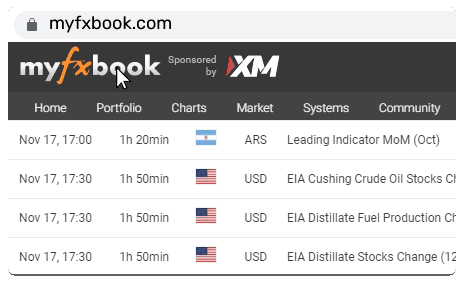Marubozu
For a pattern to be classified as a marubozu candlestick formation, at least one of the open or close has to be flat. In the Marubozu full example, both the open and close are flat i.e. the asset opens the session, starts rallying in a certain direction and closes at the exact end. Thus, open and close are at the same price as are the high and low.
As for the Marubozu open, the opening price should be flat: i.e. the price action should move only in one direction, but unlike the Marubozu full candle, the closing price on the other side can slightly differ from the high/low. In other words, the open should be flat, while there is room for a short wick on the other side.
The Marubozu close candle is opposite to the Marubozu open: the close should be flat while the price action can slightly move in the other direction before it starts aggressively trading in one direction.
The Marubozu is a single candlestick pattern in technical analysis that signifies strong, decisive market momentum in one direction. The name "Marubozu" comes from a Japanese word meaning "bald" or "shaved," referring to the candle's lack of upper or lower shadows (wicks).
The Marubozu is a single candlestick pattern in technical analysis that signifies strong, decisive market momentum in one direction. The name "Marubozu" comes from a Japanese word meaning "bald" or "shaved," referring to the candle's lack of upper or lower shadows (wicks).
Cratintly56 posted:The Marubozu is a single candlestick pattern in technical analysis that signifies strong, decisive market momentum in one direction. The name "Marubozu" comes from a Japanese word meaning "bald" or "shaved," referring to the candle's lack of upper or lower shadows (wicks).
The Marubozu is a candlestick with no wicks, just a solid body. This shows that either buyers or sellers were completely in control during that period. A bullish Marubozu (green) opens at the low and closes at the high, meaning buyers pushed the price up from start to finish. A bearish Marubozu (red) opens at the high and closes at the low, showing sellers dominated the entire session.
I find it useful to look for Marubozus near support or resistance levels, because they can signal strong continuation in the trend or a potential reversal. For example, a bullish Marubozu at support might hint the price will keep rising, while a bearish one at resistance could mean the price will drop.check this PDF for better understanding of different types of candlestick patterns.
Staff posted:
Discuss the Marubozu pattern here.
Marubozu candles tell you when one side completely dominates the session. They work best on higher timeframes and lose reliability in choppy or news-driven markets. Always check if it aligns with market structure.
Staff posted:
Discuss the Marubozu pattern here.
Inbox me I will shared with you xauusd signal for holding and scalping also ❤️

















